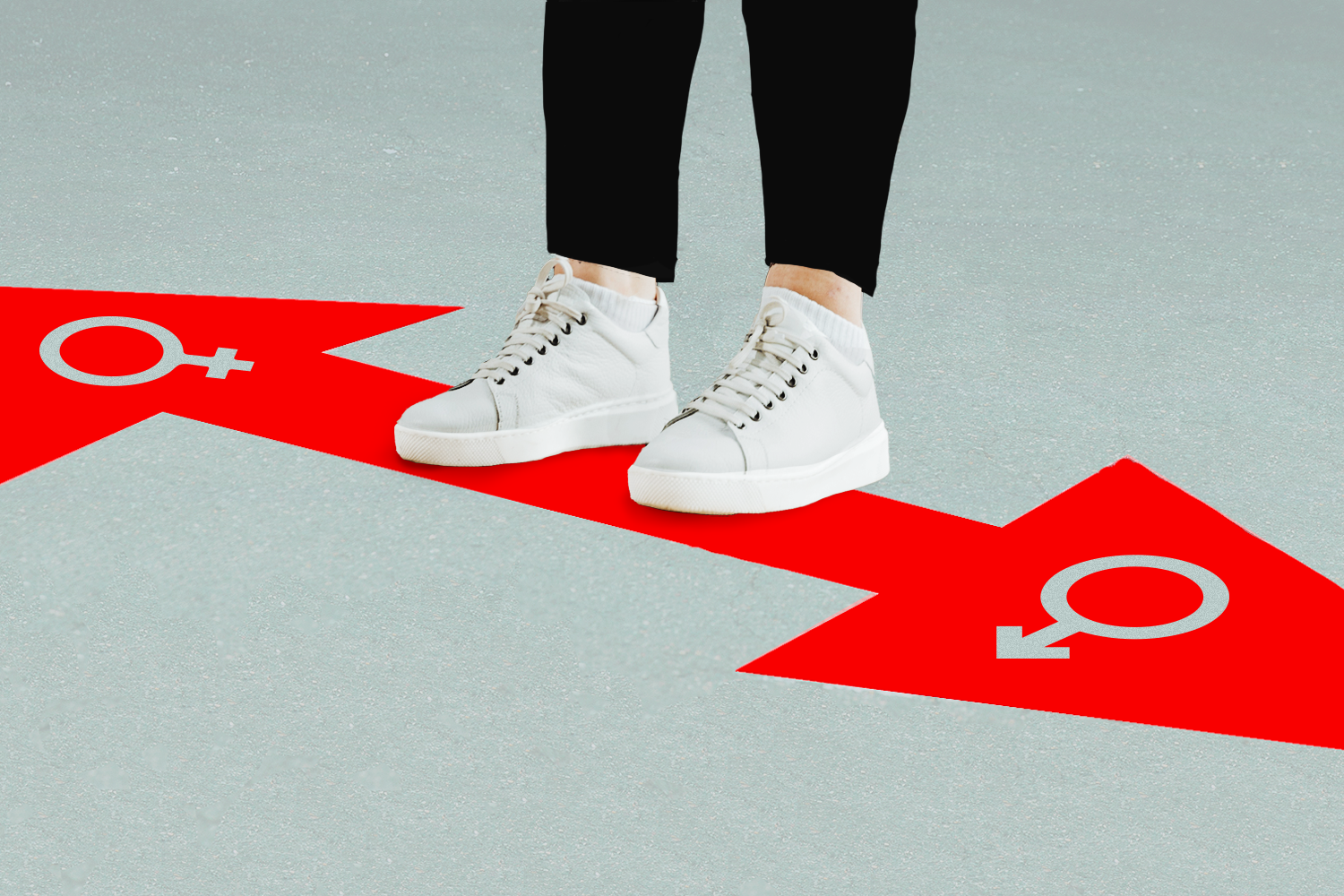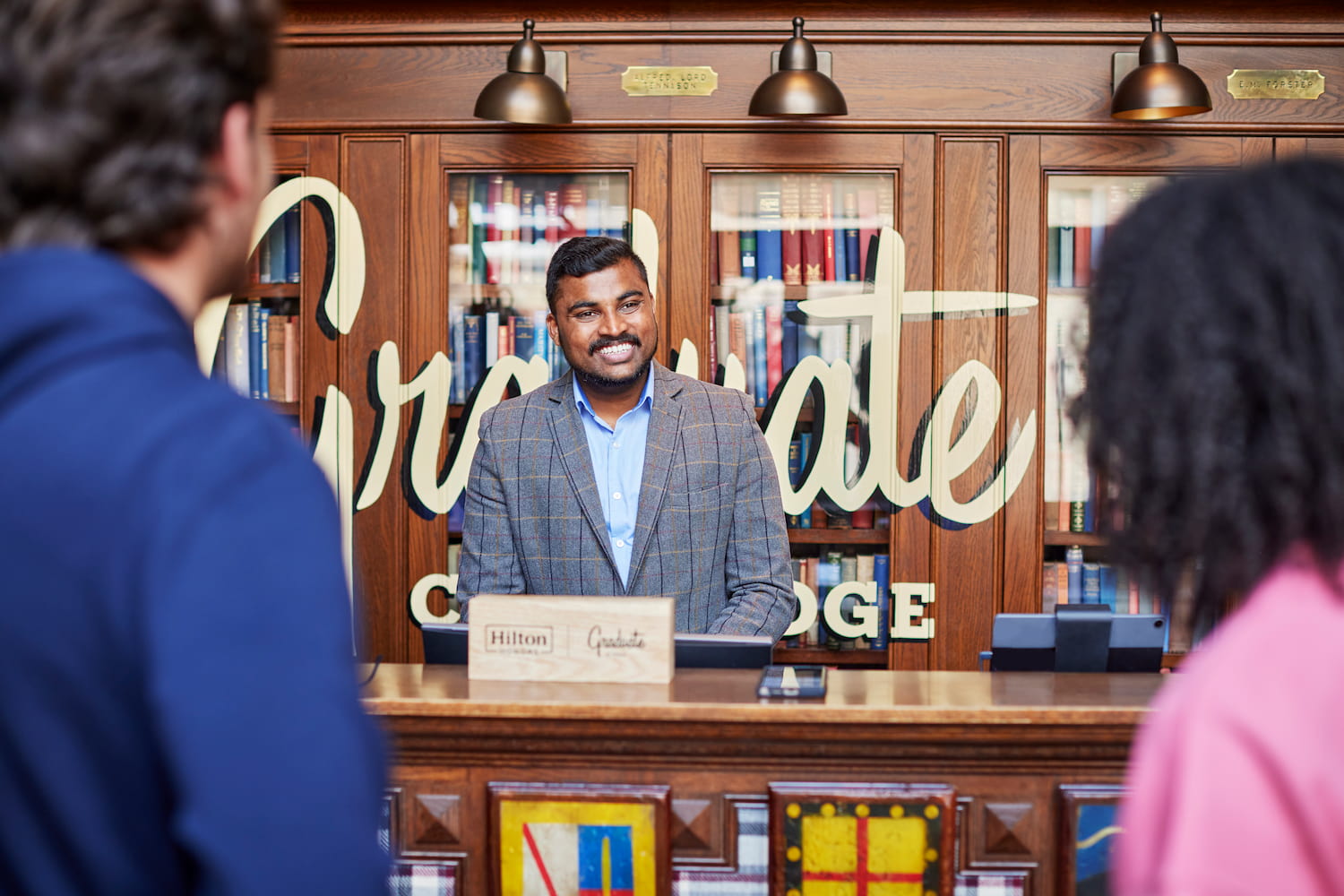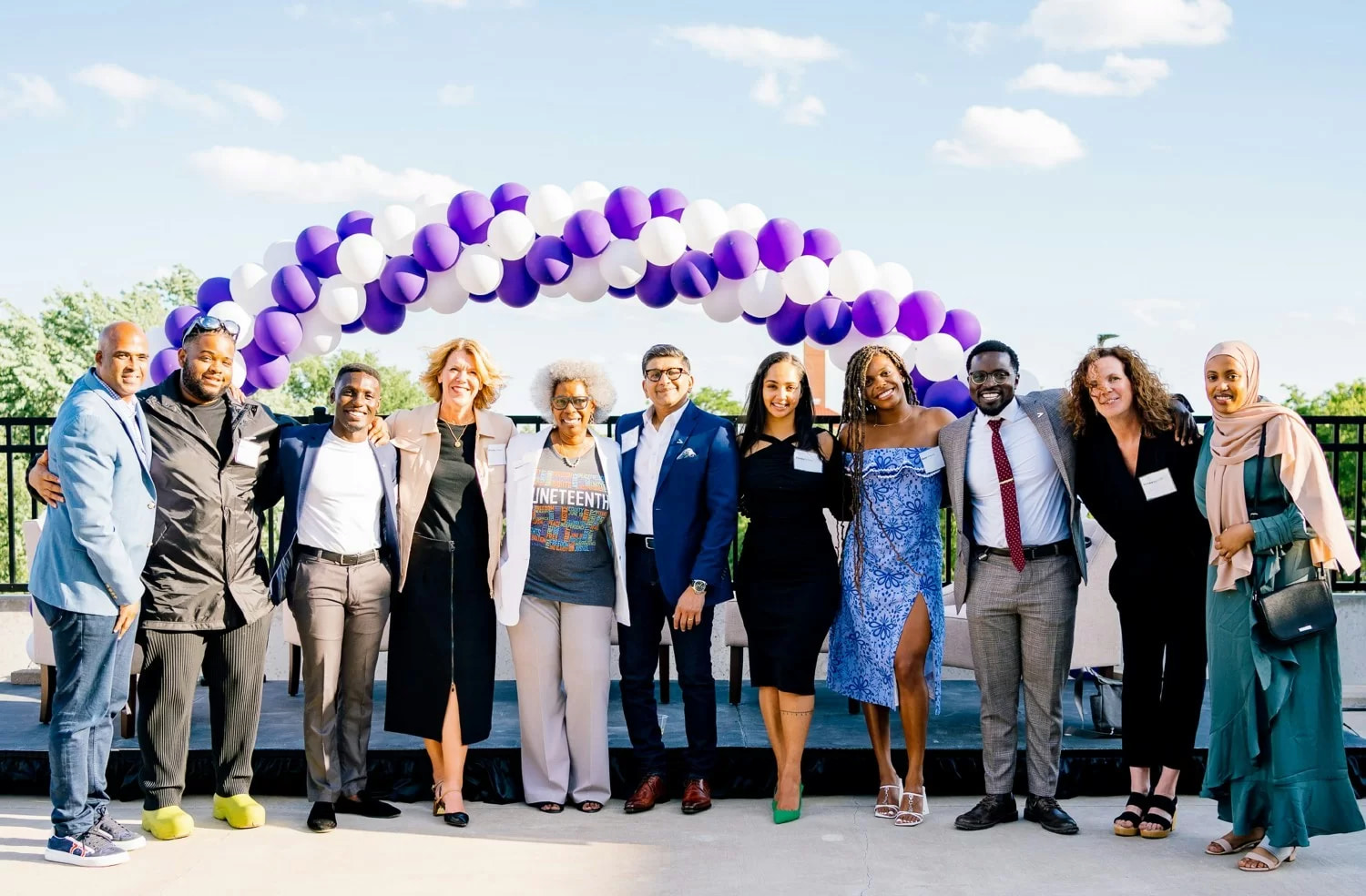Belonging, Best Workplaces, Diversity & Inclusion, LGBTQ+, Psychological Safety
It takes more than simply displaying pronouns to create a culture of belonging for nonbinary and gender fluid employees in the workplace.
The best workplaces are those that create a warm and welcoming environment for everyone.
In the current cultural climate gender nonconforming people — those identifying with a gender other than what was assigned at birth — are having more adverse workplace experiences.
Even at great companies, nonbinary or transgender employees’ encounter a range of experiences, from misguided curiosity to outright hostility.
Companies that can’t create a safe environment for nonbinary and transgender employees aren’t creating inclusive cultures and will miss out on important business outcomes.
Great Place To Work® research shows that when employees feel safe, are able to innovate, and are encouraged to bring their full selves to work, companies flourish.
According to Pew Research, 1.6% of U.S. adults identify as transgender or nonbinary. For adults aged 18-29, 5.1% identify as transgender or nonbinary. More than four in 10 U.S. adults say they know a trans person and one in five report knowing a nonbinary person.
The way your company either makes room or excludes transgender and nonbinary people will have an impact, both for those who identify as trans or nonbinary, or have a friend or family member who does.
What can workplaces do to create a safer and more welcoming experience for nonbinary and transgender employees? We spoke with one of our Great Place To Work colleagues, Kyndle DelCollo, who identifies as nonbinary, about their experience in the workplace.
While one person’s experience won’t capture the full picture, these voices are often so invisible that one voice can make a difference.
Ted: Tell me a little about your background. Where did you grow up? What experiences helped define you as a young person?
Kyndle: I grew up in a small conservative town in Southern Oregon. I came out as a lesbian when I was 14, and it wasn't received well where I lived.
I was pretty feminine growing up, just because of expectations and how my parents wanted to see me. Being in a conservative town, there's a huge emphasis on femininity versus masculinity … and if a female wants to express their masculinity, it's almost like, “Whoa! What are you doing? Why would you do that?”
College is really when I started expressing who I am, more through my clothing and the way that I presented myself to others. I met my partner my freshman year. I think that her being able to give me the space that I needed to figure out who I am and who I wanted to be was probably the most influential part of me developing into the adult that I am.
I cut my hair four or five years ago, and that was actually because she was the one who said, “Hey, have you ever considered cutting your hair? If that's something that you would like to do, I would be OK with that” — and I was like, “OK. Maybe that is something I would like to do.”
Once somebody who I really cared for gave me the green light, I was able to develop more into my true self rather than who people think I should be.
Ted: There’s a lot you shared there, both about the trauma that can come with coming out as LGBTQ+, and also the gift that comes with a loved one giving you permission to explore. Do those dynamics also come up in the workplace?
Kyndle: There have definitely been times in the workplace where I knew it wasn't acceptable to be who I am and bring my full self to work.
But I think at Great Place To Work, my people leader really created a space within my immediate team for me to be who I am, and valued who I am as an individual and what that brings to the business and to clients.
In my role as a customer success manager, I often am asked about diversity and inclusion in the workplace. I always tell them that it starts with the team leads. It starts with management.
Ted: Can you share how your manager made you feel safe sharing your full story?
Kyndle: Respecting my pronouns. When I came to her and said, “These are the pronouns that I want to use moving forward,” she has never used my previous pronouns since. That’s probably the single biggest thing.
She will avoid using terms like “ladies," "guys," or other gender specific verbiage when referring to the group.
I’ve asked her not to correct people in meetings to avoid the "all eyes on me" feeling, and she’s respected that.
If I could clone her, I would duplicate her willingness to go with the flow, her kindness to all regardless of who you are, and her ability to listen.
Ted: Is it enough to just display your pronouns on a video screen or do you find it makes a difference when people are more intentional by asking someone for their pronouns?
Kyndle: Being active makes a huge difference. Putting your pronouns in your signature or on Zoom is a passive act but, introducing yourself with your pronouns actively creates a safe space with new people.
Ted: Most people want to say the right thing, but they make mistakes. What are those interactions like for a nonbinary person?
Kyndle: It depends on the person. Do they want a public apology? If I’m on a call and somebody uses the wrong pronouns, and they stop the entire call and single me out and say, “Kyndle, I am so sorry that I just used the wrong pronouns; I will be so much better next time” — and they make a huge apology … I do appreciate it because it's coming from the heart, however, they are putting me in the center of the spotlight.
It brings unwanted attention.
They're innocent mistakes, but when they do happen, just move past them. If you truly feel the need to apologize, maybe do it on a private basis. Don't put the person in a position where everybody on the call is now looking at them. It's stressful.
Ted: It sounds like you're having to constantly come out and relive this experience, which can be traumatic.
Kyndle: Right, exactly. I don't want to relive that every day. That's a big reason why if somebody does use incorrect pronouns, I don't usually say anything.
I have it written everywhere. I have it in my Zoom signature. I have it in my email signature. I shouldn't have to make an announcement about it.
Ted: What are some things that have made you feel welcomed and safe company-wide?
Kyndle: The fact that we've done things on Launchpad [our all hands virtual company meeting] highlighting Pride month, and also highlighting Lesbian Day of Visibility, Trans Day of Visibility … it really helps.
The fact that we brought an expert on this topic to come and train our people is really beneficial, because things change. … they're coming in and training us on how to be more inclusive.
Even for me, as a nonbinary person, that training is really beneficial. I can say, “OK, how do I want to be treated? Or, how am I treating others? Am I creating that space for others?”
Ted: What's the importance of bringing in an external person that people can talk to rather than turning to your one employee who might be out at work?
Kyndle: It can be really traumatic talking about these things.
Usually, people that do trainings and workshops, they're comfortable sharing their story in that way, and they're completely comfortable in who they are and how they got there.
Ted: Even if they're out in the workplace, they might not be comfortable being the person everyone comes to with their questions.
Kyndle: Yeah.
Ted: What's your advice for employers who want to create a better work experience for nonbinary or transgender employees?
Kyndle: Don’t assume; ask questions.
Remember that things change.
There have been plenty of times in my life where I'm like, "What am I? Who am I? What is going on here? Why is this happening to me?"
It could be that one day an employee comes in and they're like, "I want to go by he/him pronouns," and then six months later they come in and they're like, "I want to go by she/her pronouns." And maybe six months after that, they're like, "You know what? Neither of them worked for me. I'm going to go by they/them and try that out."
You have to be flexible. And if you aren't sure, just ask, "Hey, what are your pronouns?" Or, when you introduce yourself to people, just introduce your pronouns. That's the easiest way to do it.
Ted: What would you like to see from either the management team or just your colleagues general in terms of showing up and supporting nonbinary, gender nonconforming folks?
Kyndle: I think annual training on how to create an inclusive workplace is really vital. We get new employees; we all get in the minutiae of our day to day, so these reminders are important.
Just be kind. Respect is not: "Do you like me? Are we best friends?" Respect is: "Hey, I'm going to refer to you by your correct pronouns, or however you want to be referred to, because I would want you to do the same to me."
Learn what your employees need
Get the data behind the employee experience at your workplace and benchmark your efforts against the best companies in the world.











